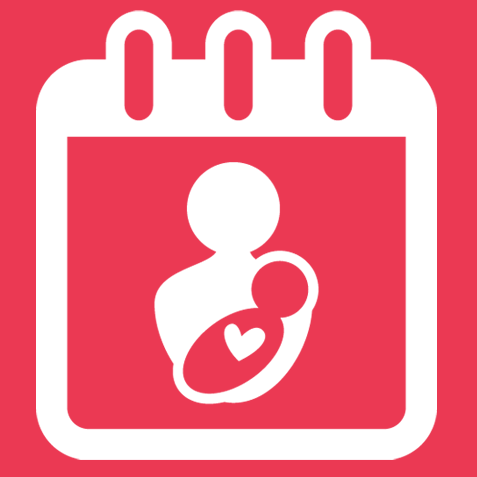Pregnancy is a transformative journey that brings about numerous physical and emotional changes. It’s essential for expectant mothers to prioritize their health and well-being during this special time. Staying active through regular exercise can have significant benefits for both the mother and the baby. In this blog post, we’ll explore the importance of staying active during pregnancy, along with exercise tips tailored to the needs of expectant mothers.
Contents
The Benefits of Exercise During Pregnancy
- Improved Mood: Exercise releases endorphins, which are natural mood boosters, helping to reduce stress and anxiety during pregnancy.
- Increased Energy: Regular physical activity can combat fatigue and boost energy levels, making it easier to cope with the physical demands of pregnancy.
- Better Sleep: Exercise can contribute to improved sleep quality, which is often disrupted during pregnancy.
- Reduced Risk of Gestational Diabetes: Staying active can help regulate blood sugar levels, lowering the risk of gestational diabetes.
- Healthy Weight Management: Exercise can help expectant mothers maintain a healthy weight, reducing the risk of pregnancy-related complications.
- Stronger Muscles and Joints: Strengthening exercises can prepare the body for the physical demands of labor and childbirth.
Planning for your pregnancy journey? Our Asha Pregnancy Calculator is here to provide you with a personalized pregnancy period estimation. Check it out now!
Exercise Tips for Expectant Mothers
Before starting any exercise routine during pregnancy, it’s crucial to consult with a healthcare provider, especially if there are any pre-existing health conditions or complications. Once you get the green light, consider incorporating the following exercise tips into your routine:
1. Choose Low-Impact Activities
Low-impact exercises like walking, swimming, and stationary cycling are gentle on the joints while providing excellent cardiovascular benefits.
2. Incorporate Prenatal Yoga
Prenatal yoga is an ideal way to improve flexibility, maintain balance, and practice deep breathing techniques for relaxation.
3. Strength Training with Caution
Engage in strength training exercises using light weights or resistance bands, focusing on major muscle groups. Avoid exercises that put excess pressure on the abdomen.
4. Pelvic Floor Exercises
Strengthening the pelvic floor muscles through Kegel exercises can aid in preventing urinary incontinence and support the body during pregnancy and childbirth.
5. Listen to Your Body
Pay attention to your body’s cues and avoid overexertion. If an exercise feels uncomfortable or causes pain, stop immediately and consult your healthcare provider.
6. Stay Hydrated
Drink plenty of water before, during, and after exercise to stay hydrated.
7. Wear Comfortable Clothing
Opt for loose-fitting, breathable clothing that provides ample support to accommodate your changing body.
8. Warm-Up and Cool Down
Prioritize warm-up exercises before starting any physical activity, and remember to cool down with gentle stretches afterward.
9. Avoid High-Risk Activities
Steer clear of activities that involve the risk of falling, impact, or excessive twisting.
10. Stay Consistent
Aim for at least 30 minutes of moderate exercise most days of the week, but remember that any level of physical activity is better than none.
Conclusion
Staying active during pregnancy can contribute to a healthier and more enjoyable journey for both the mother and the baby. Embrace exercise as a way to nurture your body and connect with your growing little one. Remember to consult your healthcare provider before starting any exercise routine and listen to your body’s signals throughout your pregnancy. With the right approach, staying active can be a joyful and rewarding part of your pregnancy experience.

